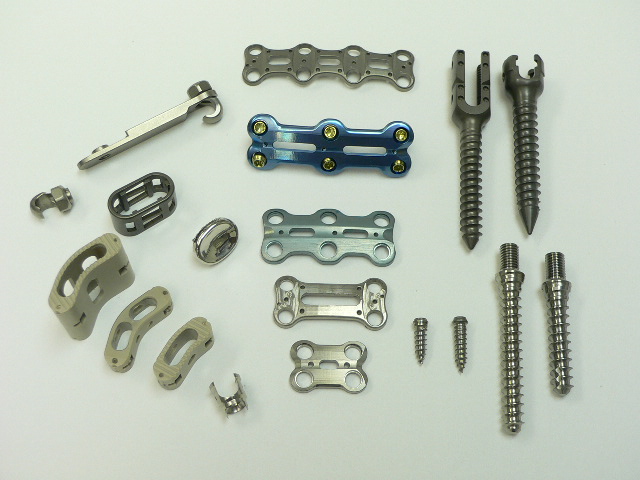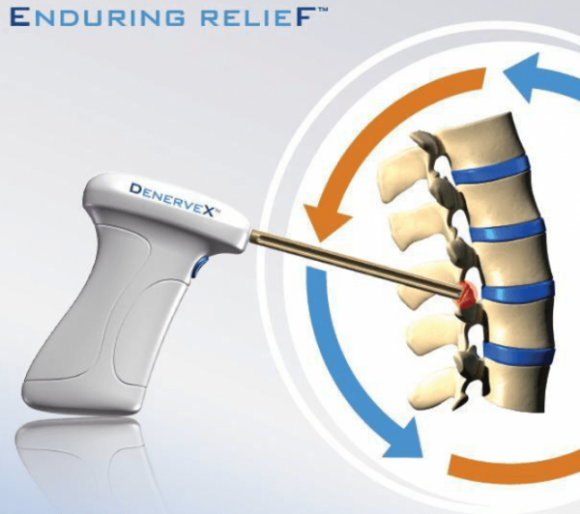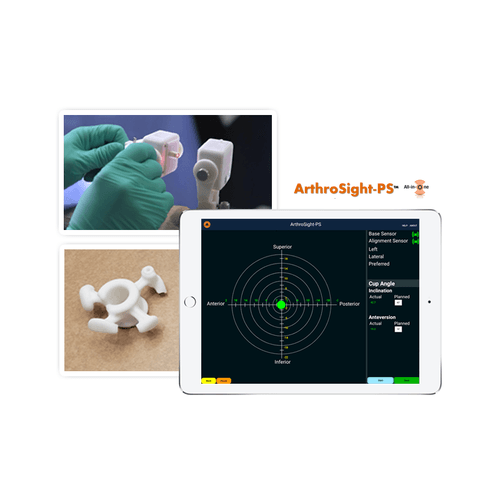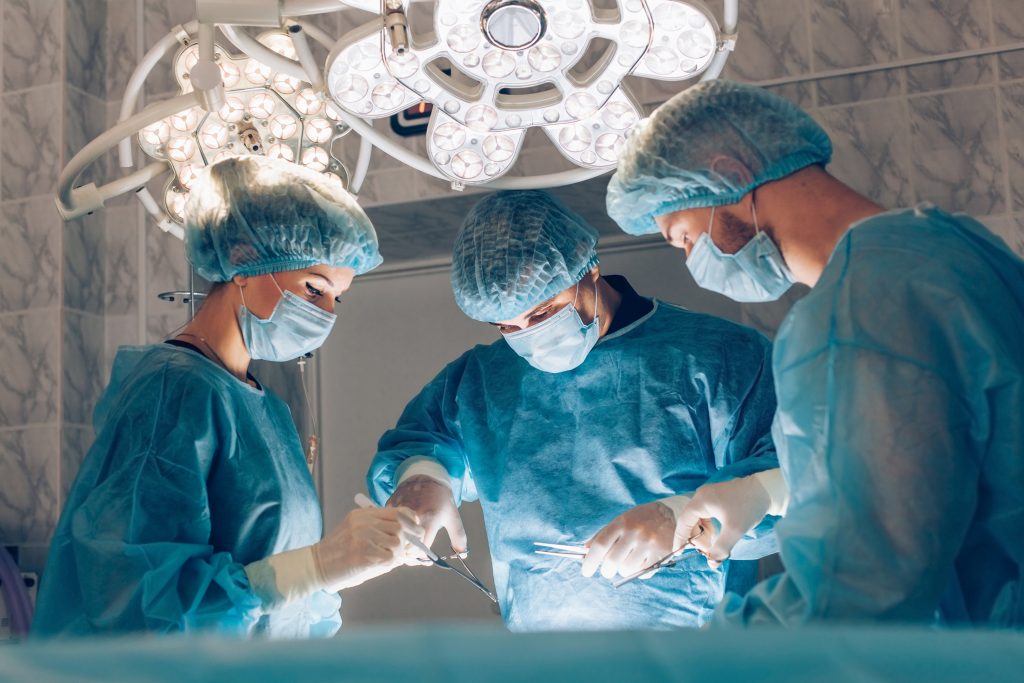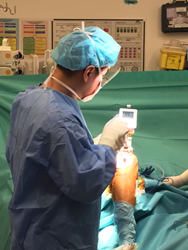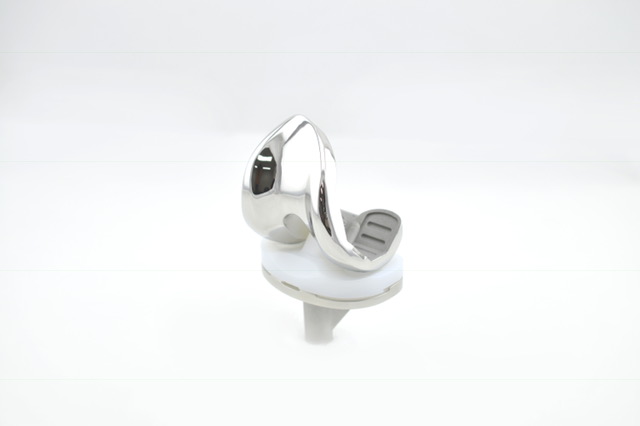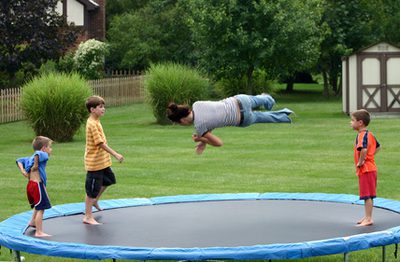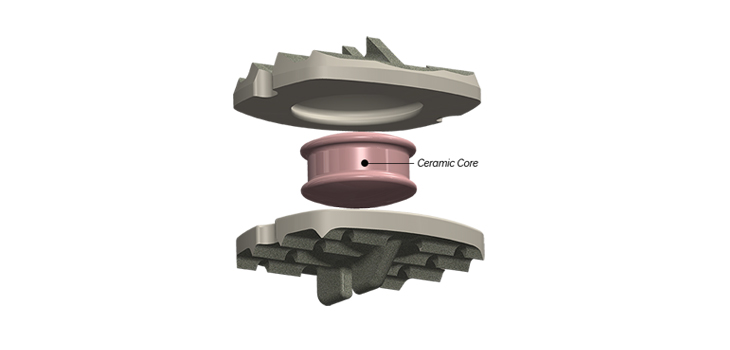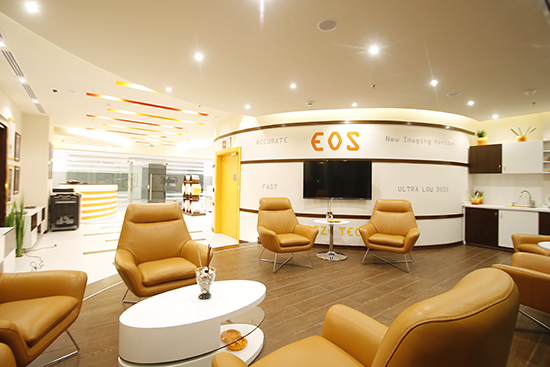HONG KONG (PRWEB) JULY 19, 2017
OrthAlign, Inc., a privately held U.S.-based medical device and technology company providing orthopedic surgeons with advanced precision technologies, announced today the first KneeAlign® cases completed for total knee arthroplasty (TKA) in Hong Kong. These cases were completed by Hong Kong-based orthopaedic surgeon Professor Kevin K.W. Ho at Prince of Wales Hospital, one of the country’s leading public hospitals, in collaboration with OrthAlign’s local distribution partner Smith & Nephew Hong Kong.
OrthAlign provides highly accurate, computer-assisted, handheld technologies for surgeons to receive real-time, actionable data for precise alignment and positioning of components in total knee, unicondylar knee, and total hip (both posterior and anterior) arthroplasty surgeries. Over 15 peer-reviewed clinical studies have been published to date, validating OrthAlign’s accuracy, simplicity of use, and benefits in recovery for the patient.
Professor Ho stated, “KneeAlign is large console navigation in a small, handheld box. The technology is so easy to use and gives me accurate information that I need, all within the sterile field, without all of the hassles and extra costs that large console computer assisted surgery systems require. I was pleased with my first set of cases and will continue using it because I believe it is valuable for my practice in providing the best possible outcomes for my patients.”
“Navigation plays a very important role in Hong Kong’s joint arthroplasty market,” said Priscilla Chan, General Manager of Smith & Nephew Hong Kong & Taiwan. “Surgeons and hospital facilities believe in navigation, but cost and operational inefficiencies have been key barriers in adoption optimization. I believe OrthAlign provides a revolutionary technology that addresses those barriers and will finally give Hong Kong a product that can be accessible by every hospital and surgeon. We look forward to growing the business through our partnership with OrthAlign.”
In a published TKA clinical study by Denis Nam, M.D. (Rush University Medical Center, Chicago, IL), significant differences favoring the use of KneeAlign vs. conventional Computer Assisted Surgery were found with regard to the accuracy of femoral component alignment, with 94.9% of patients in the KneeAlign cohort having an alignment within 2° of neutral vs. 92.5% in the CAS cohort. There was also a significant difference in overall mean mechanical alignment of the limb, with 92.5% of patients within 3° of neutral mechanical axis in the KneeAlign cohort vs. 86.3% in the CAS cohort.
In another study by Dr. Nam (conducted as a randomized controlled trial, consisting of five different surgeons), it was found that KneeAlign decreases the incidence of outliers for tibial component alignment in both the coronal and sagittal planes, and improves the surgeon’s ability to achieve a specific, intraoperative goal, compared to conventional, tibial extramedullary (EM) alignment guides in TKA. In the KneeAlign cohort, 95.7% of tibial components were within 2° of perpendicular to the tibial mechanical axis and 95% of tibial components were within 2° of a 3° posterior slope (compared to 68.1% and 72.1% in the EM cohort, respectively).
“Hong Kong’s orthopaedic market may be one of the most fascinating in the world,” said James Young Kim, OrthAlign’s Vice President and General Manager of International. “There are so many dynamics in the marketplace, such as public vs. private hospitals, long queues for patients who are on 3-year waiting lists for their total knee arthroplasties, and a strong desire for technology by surgeons. Without question, hospitals and surgeons value navigation technology, and OrthAlign will be the best option for them, not only from a price point, but also in terms of accuracy and operational workflow. As OrthAlign continues to focus on its mission in expanding customer reach, we welcome Hong Kong to the growing OrthAlign family and look forward to working with Smith & Nephew Hong Kong in providing local hospitals, surgeons, and patients our technology.”
About OrthAlign, Inc.
OrthAlign is a privately held medical device and technology company, developing advanced technologies that deliver healthier and more pain-free lifestyles to joint replacement patients, globally. We provide healthcare professionals with cutting edge, computer-assisted surgical tools that seamlessly and cost-effectively deliver vital data and clinical results to optimize outcomes for our patients. For more information regarding OrthAlign, please visit http://www.orthalign.com.
“ORTHALIGN®, ORTHALIGN PLUS®, KNEEALIGN®, KNEEALIGN® 2, HIPALIGN®, and UNIALIGN™ are registered trademarks of OrthAlign, Inc.”
